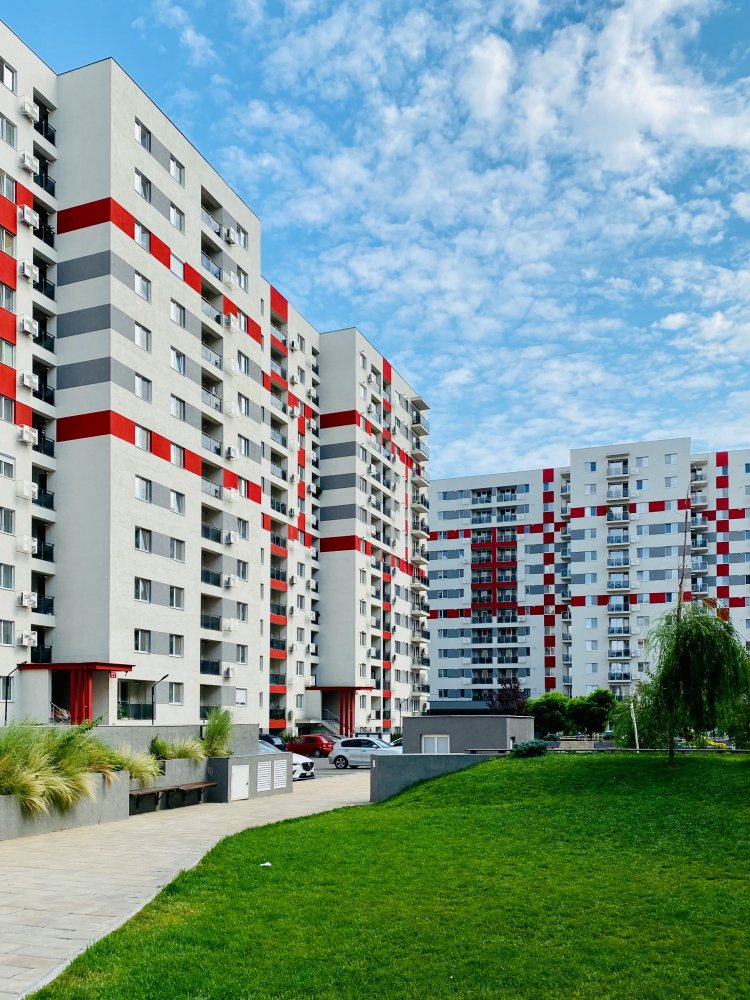Challenges and Opportunities in Kenya's Affordable Housing Sector
While Kenya's affordable housing sector faces significant challenges, there are also several opportunities for growth and development

Affordable housing has always been part of each government’s goals in Kenya. Providing affordable and decent housing to the people is important, as it helps reduce diseases and gives them a dignified way of life. To achieve this goal, the sector has its fair share of challenges and opportunities.
One of the key challenges in the sector is the high demand and low supply. According to the Kenya National Bureau of Statistics, in 2022, the Kenyan population was 54.03 million. Approximately, the housing rate in the country is at 61.3 percent, which begs the question, where are the rest of the 36.9 percent? The government therefore ought to do much more to close the gap between the two groups of people. People living in slums and the homeless are the groups that are in dire need of this service.
Listen to the latest episode of the African Real Estate Podcast here: https://spotifyanchor-web.app.link/e/JhXC6KFViIb
Secondly, rapid urbanization is another challenge that faces the affordable housing sector in the country. According to the Kenya Institute for Public Policy Research and Analysis, by 2022, the urban population will be 29.5 percent. However, the space in urban areas is far more limited than the population, leading to a scarcity of affordable and decent houses to cover all the people. The not-so-privileged population either ends up on the streets or in slums.
In addition to that, inadequate access to financing is a factor limiting Kenya’s affordable housing sector. In 2024, 7.8 percent of Kenya’s population lived below 2.15 U.S. dollars per day. This meant that over 8.9 million Kenyans were in extreme poverty. The population below the poverty line is very likely to lack affordable housing, as other basic necessities such as food remain a challenge as well as a bigger priority.
However, the sector also has opportunities that boost the economy and the livelihood of the people. First, the sector has investment potential because there is a growing interest from both local and international investors in the affordable housing sector, presenting opportunities for investment and development. These investments end up utilizing local resources, such as buying commodities from locals as well as providing jobs for the locals. The boost is important as it lessens unemployment levels and increases income.
The Kenyan government has also launched several initiatives to promote affordable housing, such as the Affordable Housing Programme under the Big Four Agenda. These initiatives aim to increase the supply of affordable housing through partnerships with the private sector and other stakeholders. This, in turn, will increase the supply of housing spaces for the lacking population.
The affordable housing sector has also led to the emergence and growth of the middle class population. Kenya's growing middle class presents a significant market for affordable housing. Developers and investors can tap into this market by providing affordable housing units that cater to the needs and preferences of the middle class. This would mean that amidst the extremely rich, who can afford lavish housing, and the lower class, which is in the slums, there is the middle class, which bridges the gap.
In conclusion, while Kenya's affordable housing sector faces significant challenges, there are also several opportunities for growth and development. By addressing these challenges and leveraging the available opportunities, the country can make significant strides towards bridging the housing deficit and providing affordable housing for all.
If you have a real estate press release or any other information that you would like featured on the African Real Estate Blog Post, do reach out to us via email at [email protected]

 winniemaina
winniemaina 






























